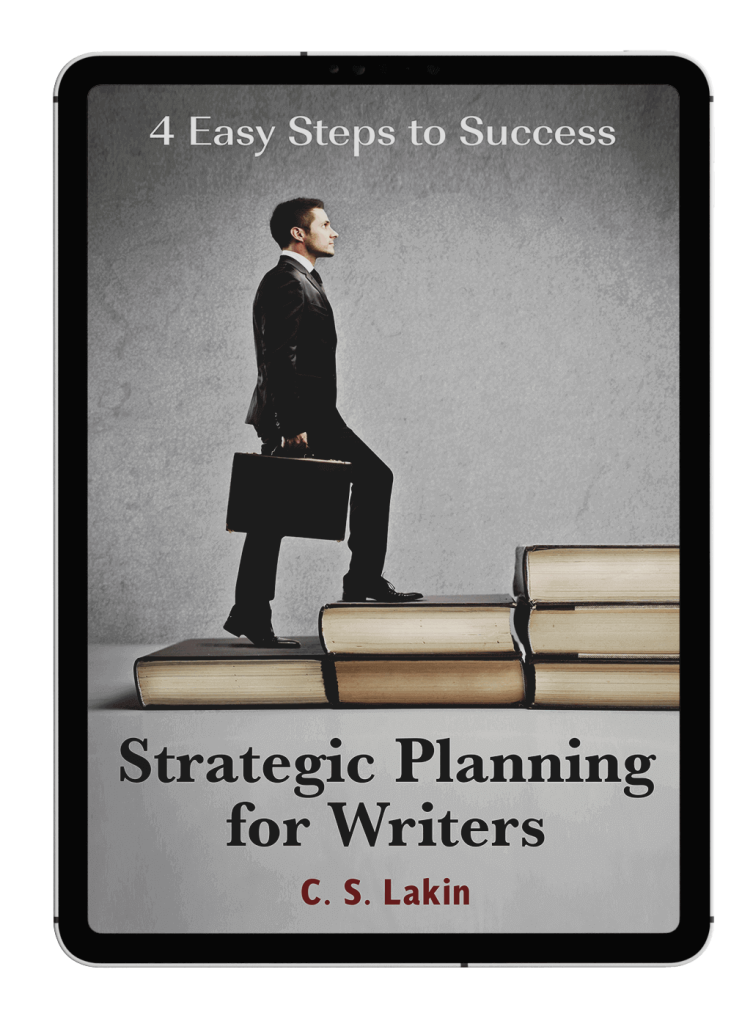The Power of White Space on the Page
One of the writers of our book The 12 Fatal Flaws of Fiction Writing, Christy Distler, shares this brief story in the book:
“As a beginning writer, I loved my eleventh-grade English teacher. She gave excellent advice, and she presented it with such clarity that I never doubted her. I need white space! she once scrawled across the top of a short story I wrote.
“I had no idea what white space was, so I asked her about it after class. “Look at your first page,” she said. “How much white do you see? Very little, right? That’s because you have five long paragraphs of black text. Try rewriting it, and I’ll give you a hint—wherever you can, replace narrative with dialogue.”
“So I did, and lo and behold, two things happened: the white space appeared, and, more importantly, the story improved exponentially.”
White space is so important. Why? It’s psychological, mostly. If you look at a page that is so full of writing, it can feel oppressive and daunting. It’s slow-going to get through it all.
And while some genres tend toward long, wordy paragraphs, one after another, even readers who love that type of writing will find pages of it tedious after a while.
Hence, the admonition to create some white space.
Readers like white space. It helps them keep track of where they are when reading (and is less taxing on the eyes), it helps them process what’s going on in the scene, and it makes the page more visually interesting and less daunting.
With fewer words on a page, the reading goes faster, giving a sense of fast pacing. That’s not to say it will be a cure-all for boring writing—not at all. But good writing that is snappy and tight and engaging will have readers turning pages, enthralled in what they are reading.
The Need for Pauses
White space is all about allowing readers to pause.
Think about the following:
- When a line or phrase is pulled out and put on a separate line, it makes the reader pause. What it’s really doing is creating breath space.
- When you come to the end of a sentence, you pause for a tiny moment. When you come to the end of a paragraph, you pause a little bit longer.
- The end of a scene is a bigger pause, the end of a chapter even bigger, and the end of a section in a book the biggest pause.
Why do we want pauses?
To get our readers to respond and process what they just read and, possibly, what they are feeling.
You can help drive a character’s reaction by controlling the breath units of your phrasing. I wrote a post on breath units that will help you see how that white space makes a tremendous difference in how readers read and process. When you want to emphasize a moment, a thought, a reaction, or anything else, surrounding it with white space will shine a light on it.
Punctuation might be made of very small marks, but those marks create and break up breath units. Breaking up a long sentence into two or putting in an em dash or comma will add that second of pause.
Paragraph Structure
Let’s talk about another type of structure in fiction: paragraph structure. To use white space well, we need to understand when to start and end a paragraph.
Here are some basic guidelines for paragraphing in fiction:
- Begin a new paragraph anytime the speaker changes. By starting a new paragraph, the reader will automatically know a different character is talking.
“Good morning, Joe,” John said from the next cubicle.
“Hey, John.” Joe sat down at his desk.
- Keep individual characters’ actions, thoughts, and speech in one paragraph. Character actions, also known as action beats (e.g., “He smiled” or “She crossed her arms”), allow the reader to “see” what’s going on in the scene and also provide a great alternative to repeated dialogue tags (e.g., “he said”).
Jenna grabbed a bottle of orange juice from the refrigerator case and checked her watch as she headed for the register. Late again. She forced a smile at the cashier. “Good morning.”
“How’s it going?” He nodded at her drink. “That all for today?”
- If keeping a character’s actions, thoughts, and speech together results in a very long paragraph, consider shortening the paragraph by either adding another character’s interaction in a new paragraph or breaking the paragraph in two at a logical place.
- When conveying action involving more than one character, (in most cases) allow each character his or her own paragraph.
Colleen started down the aisle of the nearly full bus, glancing over the riders. Jim said he’d save her a seat. Hopefully he had.
Near the back of the bus, a hand went up.
She hurried back and dropped onto the seat next to him. “Thanks.”
- Start a new paragraph with a change in time or place.
Amanda closed her locker. “I’m going to the library. You coming?”
“I’ll catch up with you there.” Jana said. “I have to stop by Mrs. Patterson’s classroom first.”
Twenty minutes later, Jana finally walked into the library.
Amanda waved her over to where she sat at a computer. “What took you so long?”
She sighed as she pulled a chair beside her. “Mrs. Patterson could talk the teeth out of a saw.”
- Begin a new paragraph whenever the main idea of the paragraph changes.
- Start a new paragraph to offset a sentence or two for emphasis. Paragraphing so that one sentence (or two) stands alone can provide extra punch to the sentence(s) and even the scene. Just be sure not to overuse standalone sentences, because the repetition will diminish the effect.
To make the most of white space in your fiction, try breaking up long paragraphs, using shorter sentences, adding line breaks where they make sense, and spacing out dialogue to create natural pauses and highlight key moments. This gives readers room to process what’s happening and stay engaged with the story.
Just make sure you find a balance—enough white space to keep things readable, but not so much that it feels scattered or empty.







An excellent post. Yes, white space is important, especially for today’s readers. Readers in the past seemed able to cope with large blocks of writing better than today’s readers.
When I read the classics, I notice these long paragraphs. And long sentences, too.
But I sometimes forget to start a new paragraph for a new person. Fortunately, I have a good critique partner who always spots it.